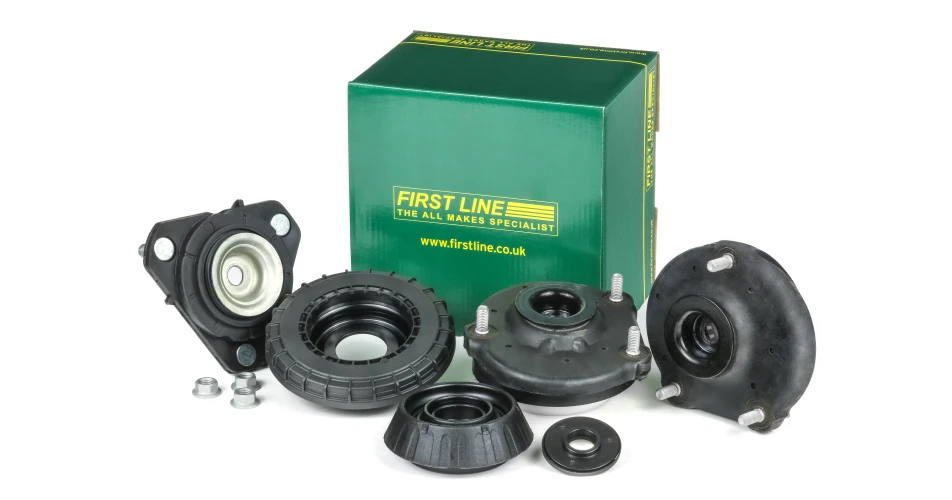Top strut mounts are one of the most important parts of the suspension system, connecting the coil spring/damper strut assembly to the vehicle’s chassis. Despite their importance these components are often the last thought when it comes to diagnosing suspension noise.
Symptoms of top strut mount failure include, clunking, knocking, grinding or creaking noises, in particular at low speeds when moving the steering lock to lock, hitting potholes, speed bumps or driving over rough ground.
Suspension components are under extreme pressure and are subject to wear and eventual failure. It is therefore advised that serviceable items like shock absorbers/dampers are replaced every 50,000 miles to ensure the vehicle’s suspension system remains in optimum working order. The most important point to remember however, is that if a suspension strut is replaced then the top strut mount should be replaced at the same time, as it is uneconomical to take the whole system apart at a later date just to replace it.
On some vehicles however, it can be the case that the top strut mount fails prematurely at low mileage and there are several instances, particularly with a number of Fiat applications including the Fiorino/Qubo (and their Citroën Nemo/Peugeot Bipper/Bipper Tepee cousins), Doblo, Grande Punto and Ducato, where this has occurred. Some of these failures are linked to a OE design that has now been upgraded, often due to water and grit ingress from the road penetrating the bearing, causing rust and corrosion and leading to seizure. Another common cause of water ingress comes as a result of jet washing under the wheel arches, where water can get into the bearings, which again can lead to failure. Freezing conditions will also be a problem if there is water penetration, as this will also cause damage to the bearings.
Failure to replace a worn top mount will cause it to deteriorate very quickly, which will have a knock-on effect to other components, such as the shock absorbers and even the tyres. Although it is not necessary to replace both top strut mounts together, it is however advised to change complete struts in pairs and therefore wise to replace the top strut mounts at the same time, not least because it is more economical, as it is a low-cost part in a high-labour process.
First Line also suggests that following any steering/suspension related work, if the struts/mounts have been replaced, then it is best practice to check the tracking and ensure everything is aligned correctly to prevent further problems occurring and to set the vehicle to its correct specification.
